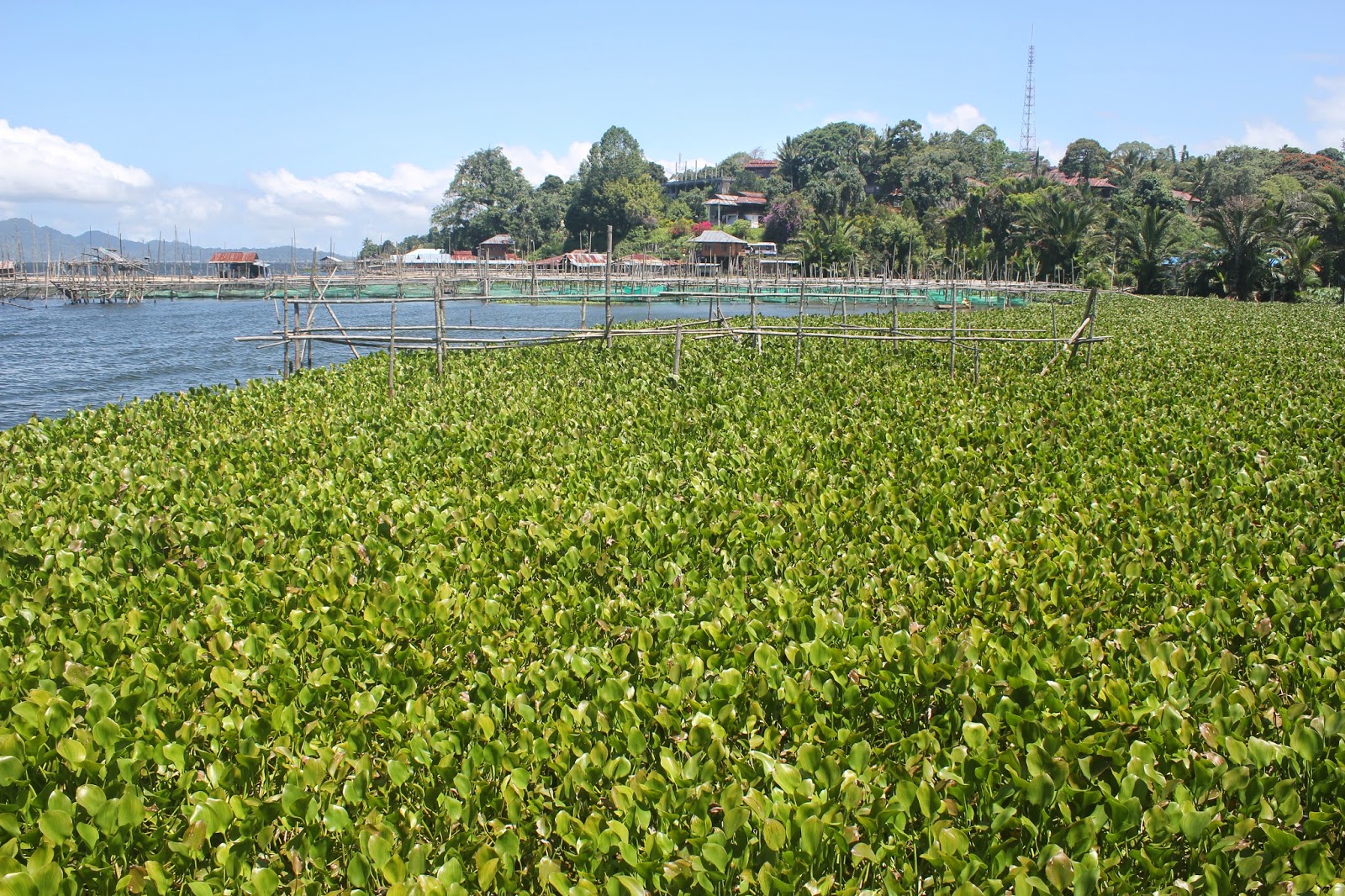School has started and mama has her life back. Apart from catching up with work, I can now slowly start to process what we did the last few weeks, during our travels through Indonesia. What we saw. What we felt, smelt, ate and climbed. So much!
First stop: Minahasa Highlands, Sulawesi. We stay in a wooden bungalow in the village of Kinilow, just outside Tomohon. The mountain air is cool and crisp. Even in the afternoon mist the mountains are impressive, but in the clear morning sky we can see what is looming over us: Gunung Lokon, a perfect cone-shaped volcano. The kids are keen to climb it, but when we hear that the volcano is active, and not recommended right now, we head to it’s brother on the other side of the village: Gunung Mahawa.
Here we hike around the crater, taking in the amazing views whilst making sure the kids don’t drop in, nor get lost in the high alang alang grass. Off course holding hands is not at all appreciated by the little (dare)devils. Where they whine if they have to walk even hundred meters on a regular road, they have no problems at all as soon as it gets difficult or scary, and instead of having to pull dragging-behind kids, I find myself calling out ‘wait, not so fast, stay with us.’
We survive the adventure, and have lunch at lake Tondano, full of water hyacinths and fisherman, where we eat Gunung Mas (goldfish) fried to a crisp with fresh dabu dabu sambal.
Sulawesi villages are dotted along the mountains, decorated by colourful flags, either in the red and white of the Indonesian flag, or, surprisingly with Dutch, German, Argentinian or Brazilian ones, depending on which team was supported during the World Cup. Holland seems most popular, which makes Tijm very happy. There are more influences to be seen from the former colonisers, which were much more popular in Christian Sulawesi than anywhere else on the archipelago. Like Dutch villages, Sulawesian ones have at least three churches, one catholic, one protestant, and one other type of protestant, as our driver Ronnie tells us. It is Sunday today and people flock to worship in their best clothes. Only in the cities you can see the occasional mosque. Houses and roads are nice, the people are friendly and we know we are going to enjoy our stay here.
Our Singapore kids shivered at the windy lake so we warm up in some sulphuric hot springs. In the middle of the rice fields is a small lake, and the only clue that something is out of the ordinary, is the steam rising from the edges. The water is a scalding 40 degrees, even hotter in some area’s, but Jasmijn jumps in first, unfazed. The pleasantly blistering water enveloped us, although sometimes squirts of boiling water bubble painfully through your toes. I mentally note this place as one as the most amazing on earth.
After this, Lake Linow, whose sulphuric water supposedly changes colour seems dull in the afternoon sky, but the sweet tea that is served in the café makes up for it.
We meet a man who tells us, in Dutch, how his grandparents taught him the language, which was the norm at schools in their time. The northern part of Sulawesi was always relatively pro-Dutch, to the extend of some resisting independence, and many are still unhappy being ruled by the Muslims from Java. At the moment Sulawesi is relatively calm, although some area’s have seen violent religious conflicts. Later, in a small warung by the road we buy water and sweets, and old lady proudly exhibits her knowledge of our ‘Belanda’ language. She does not get much further than ‘goedemorgen’, ‘opa’ and ‘oma’, but she does count out the ten sweets I buy from her jar with me in Dutch, beaming.
When we drive out of town my nose and stomach get cleansed by the scent of sheets and sheets full of cloves drying by the roadside, it’s sweet smell making it clear that Sulawesi is next door to the so-called spice islands.
For lunch we sample an all-you-can eat Sulawesi buffet. In no time the table is filled with small bowls filled with mysterious stuff. Jasmijn immediately digs into a bowl of jungle snails. Tijm and Linde prefer to stick to the ‘bruine bonensoep’, a soup of brown beans, another leftover from the Dutch colonisers, or the vegetable soup that tastes just like the one my grandmother used to make. Roel and I dig into the wild hog, local tuna fish, very greasy pork, and yes, the dog. The spices are amazing, hot and fragrant (Sulawesian cuisine is said to be the most spicy of Indonesia), but the meat is chewy and tough. My favourite of the meal are the Pangi leaves, from the Pangi tree, that are chopped really fine and fried, and a extremely crispy tofu dish. Paniki, or bat, is unfortunately not on the menu today.
The next day we go for a swim at the public pool in Kinilow, where we are the main attraction, and get our pictures taken by the whole village, many times, and return the favour. Within minutes we get presented with plates of pisang goreng (fried banana) served with spicy sambal. The pool is filled with local spring water and amazingly fresh. The kids play with the village kids and our ball, and we have a great time. Afterwards we walk around the village and feel sorry it will be time to move on tomorrow.















Fantastic photos and what an experience :)
ReplyDeleteWonderful, amazing trip. When I read your travel journals it sounds like you are recreating your own adventures from your childhood - in a good way. Fantastic for your kids. Life coming round full circle. :)
ReplyDeleteThis comment has been removed by a blog administrator.
ReplyDelete